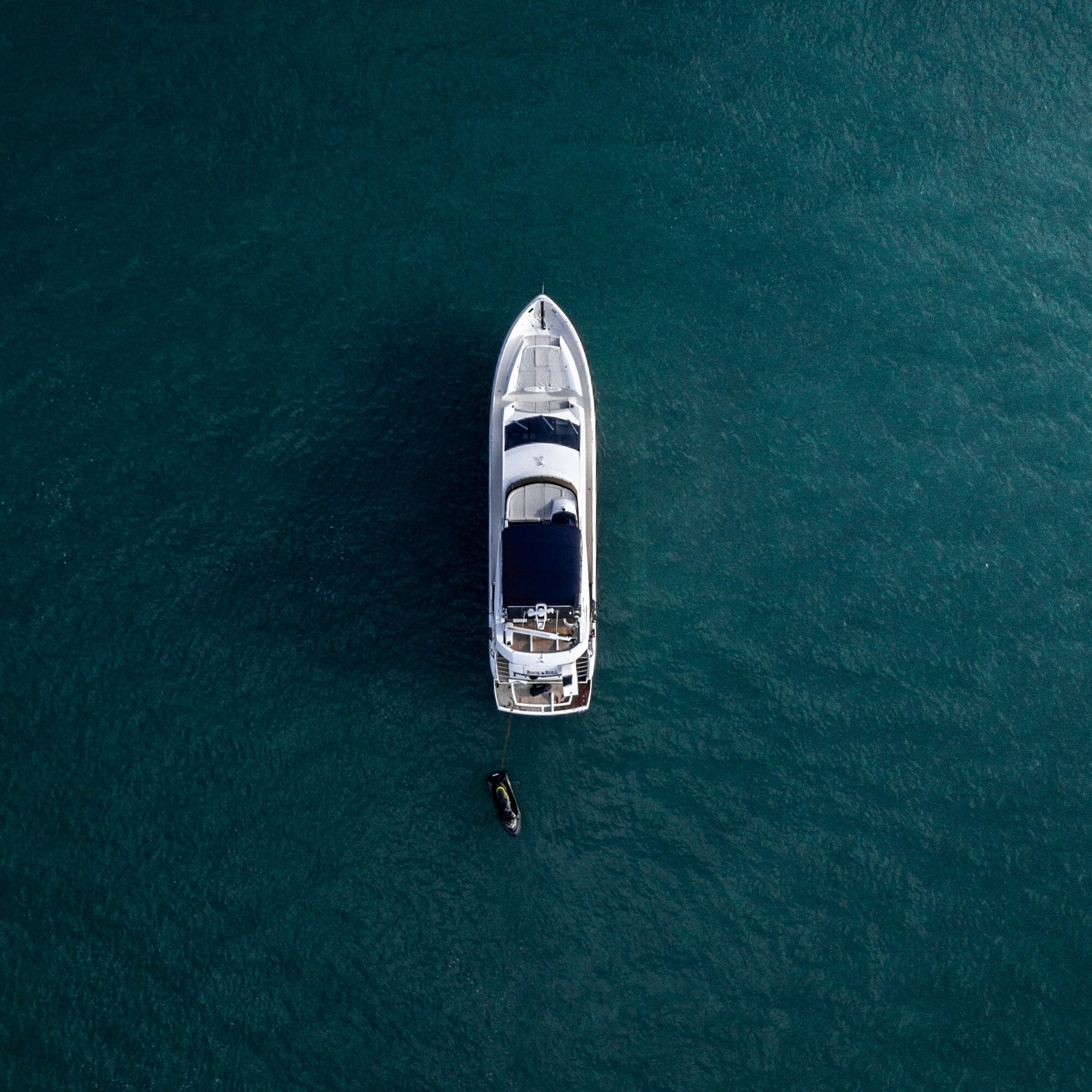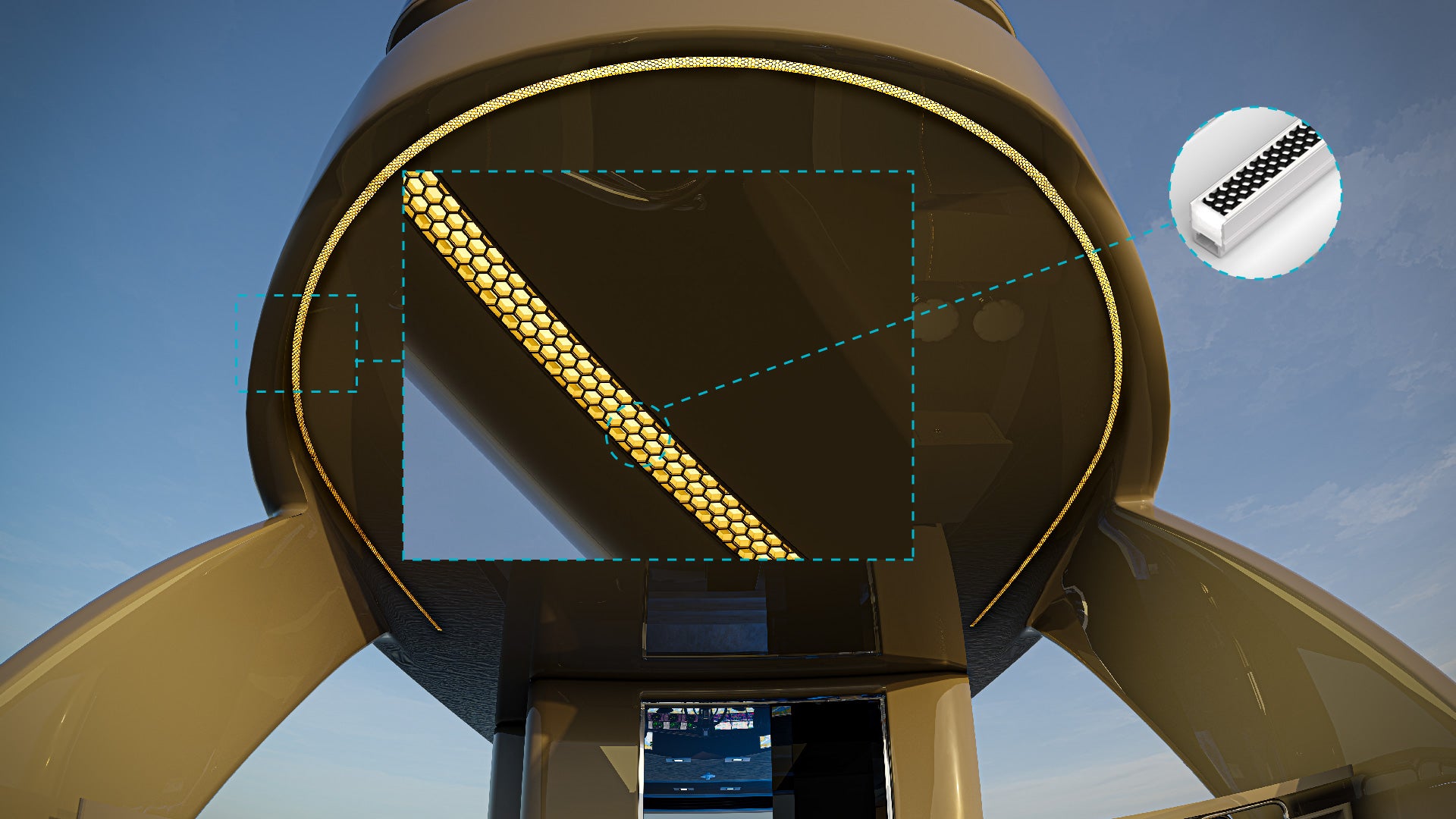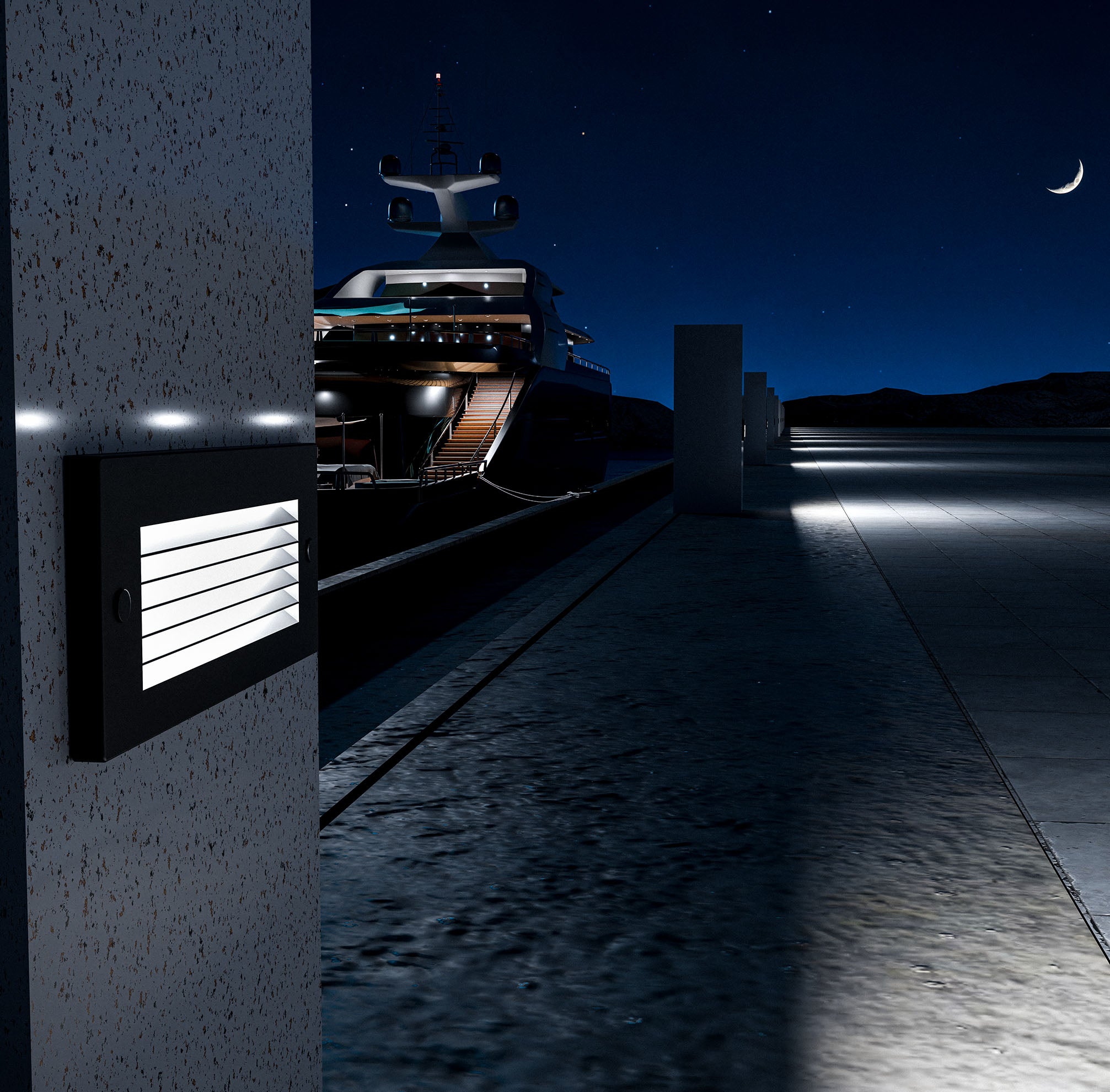The maritime industry is experiencing a technological renaissance, with smart boat technology leading the charge toward safer, more efficient, and increasingly autonomous vessels. From AI-powered navigation systems to IoT-enabled monitoring networks, modern boats are becoming sophisticated platforms that enhance every aspect of the boating experience. This comprehensive exploration of smart boat technology reveals how digital innovation is transforming marine transportation, recreation, and operations in 2025 and beyond.
The Evolution of Smart Marine Technology
Smart boat technology represents the convergence of multiple technological advances that are reshaping the maritime landscape. The global smart boats market is experiencing steady growth driven by technological advancements in sustainability, propulsion systems, and smart integration. As technology evolves, smart boats are becoming capable of offering more personalized and enhanced experiences through features like autopilot, advanced monitoring systems, and real-time data analytics.
This transformation is attracting a new generation of tech-savvy boaters and marine enthusiasts who value convenience and efficiency. The market is projected to grow from $9.06 billion in 2024 to $15.3 billion by 2030, with superyachts and eco-friendly technologies dominating demand.
Core Components of Smart Boat Systems
Internet of Things (IoT) Integration
IoT technology forms the backbone of modern smart boat systems, enabling vessels to become interconnected networks of sensors, controllers, and communication devices. IoT-enabled sensors, predictive maintenance, and real-time data monitoring are becoming standard features in contemporary vessel design.
Key IoT applications in smart boats include:
Real-Time Monitoring Systems: Sensors continuously track critical parameters including engine performance, fuel consumption, battery status, and environmental conditions.
Predictive Maintenance: IoT devices allow for the continuous monitoring of fuel consumption, exhaust emissions, and energy usage on vessels, enabling operators to identify ways to optimize efficiency and prevent equipment failure.
Safety Integration: IoT-based monitoring systems on ships can help with early detection of hazards such as fire, flooding, or equipment malfunction.
Environmental Compliance: Smart systems enhance safety by tracking crew members' health and location, sending alerts in case of emergencies while minimizing environmental impacts.
Artificial Intelligence and Automation
AI is the top maritime trend due to its wide range of applications across the industry, including route and fuel optimization, autonomous navigation, and predictive maintenance. Artificial intelligence is transforming the onboard experience for both guests and crew, making travel more comfortable, efficient, and safe.
Intelligent Navigation: AI-driven systems and uncrewed surface vessels (USVs) are enhancing safety and operational efficiency, particularly in commercial and defense sectors.
Autonomous Docking: Expect to see autonomous docking, or at least the beginnings of autonomous maneuverability, in smaller boats starting in 2025. Companies like Brunswick have partnered with Apex AI to develop autonomous boating technology.
Smart Decision Making: The integration of data analytics is empowering smarter decisions across the boating industry. Technology is now enabling fuel-efficient routing, performance optimization, and better resource management.
Advanced Connectivity Solutions
Modern smart boats require robust connectivity infrastructure to support their sophisticated systems. The latest boats are being outfitted with smart devices that allow owners to monitor and control various systems remotely, from checking fuel levels and battery status to turning on the air conditioning before arrival.
Satellite Connectivity: LEO satellite internet provides next-level IoT connectivity for maritime businesses in areas where terrestrial connectivity options are limited, offering full coverage across oceanic expanses.
5G Integration: 5G technology is revolutionizing sea travel in 2025 by boosting efficiency, safety, comfort, and sustainable maritime operations.
Hybrid Communication Networks: By integrating LEO satellite networks with cellular SIMs, vessels can achieve enhanced reliability, truly global coverage, maximum cost efficiency, and high performance even in remote maritime environments.
Smart Monitoring and Safety Systems
Comprehensive Vessel Monitoring
Smart boat monitoring systems provide boat owners with unprecedented insight into their vessel's condition and performance. These systems typically include:
Bilge Monitoring: Sensors track water levels and pump activity, with instant alerts sent when water levels rise due to pump failure or power failure. About 80 percent of boats sink at the dock, making bilge monitoring a critical safety feature.
Battery Management: Smart systems continuously monitor battery bank voltages, ensuring if damage occurs, the system instantly notifies owners. This prevents power failures that could lead to safety issues or equipment damage.
Security Systems: Motion sensors, door contacts, and surveillance cameras provide comprehensive security monitoring, with instant notifications sent to smartphones when unauthorized access is detected.
Environmental Monitoring: Temperature, humidity, and smoke sensors protect against fire hazards while monitoring conditions that could lead to mold growth or equipment damage.
Real-Time Alert Systems
Modern smart boat systems provide multiple notification methods to ensure owners stay informed:
Mobile Applications: Comprehensive smartphone apps allow owners to monitor all boat systems, receive real-time alerts, and control various functions remotely.
Multi-Channel Notifications: Systems send alerts via SMS, email, push notifications, and phone calls to ensure critical information reaches boat owners regardless of their communication preferences.
Automated Response Systems: Advanced systems can trigger automated responses, such as activating emergency lighting when security breaches are detected or starting backup systems when primary equipment fails.
Propulsion and Energy Management Innovations
Electric and Hybrid Propulsion
The push toward sustainability is transforming marine propulsion systems. In 2025, electric and hybrid boats are expected to dominate the market. Engine Powered Boats led the market in 2023, but battery-powered and hybrid systems are gaining significant traction.
Advanced Battery Technology: Advances in battery technology, such as solid-state batteries, are extending range and reducing charging times. Modern electric boats feature massive battery systems—the Arc One boasts a 220 kWh battery, reaching 40 knots with a 50-mile range.
Hybrid Integration: Innovative systems are being developed that combine electric power with traditional engines, offering eco-friendly solutions without compromising performance.
Smart Energy Management: Electric and hybrid boats include intelligent energy management systems that optimize power consumption, monitor battery health, and provide range predictions based on usage patterns.
Renewable Energy Integration
Solar panels and wind turbines are becoming more common on boats, enabling them to generate their own power. In 2025, new flexible and highly efficient solar cells will make it easier to integrate renewable energy sources into any vessel.
Integrated Solar Solutions: Sunreef Yachts' solar panels embedded in structural components achieve 20% higher efficiency compared to traditional mounted panels.
Energy Storage Systems: Advanced battery systems store renewable energy for use when solar or wind generation is insufficient, extending off-grid capabilities.
Smart Energy Distribution: Intelligent systems automatically manage energy flow between generation, storage, and consumption to optimize efficiency and extend operational range.
Navigation and Control Systems
Augmented Reality Navigation
Augmented reality is revolutionizing navigation and safety on the water. AR displays can overlay critical information, such as charts, weather data, and hazards, directly onto the helm's windshield or a boater's smart glasses.
Companies like Raymarine are already leading the way with AR technology, offering solutions like their ClearCruise™ augmented reality system, which integrates with marine cameras to provide boaters with enhanced visualization of navigation aids, landmarks, and potential hazards.
Digital Helm Integration
Modern smart boats feature integrated digital helm systems that combine multiple functions:
Touchscreen Controls: Large, intuitive touchscreen displays provide access to navigation, monitoring, and control functions from a central location.
Voice Command Integration: AI voice assistants enable hands-free control of boat systems, from navigation commands to entertainment control.
Smartphone Integration: Mobile apps allow remote monitoring and control of boat systems, enabling owners to check status and make adjustments from anywhere.
K2 Lighting's Role in Smart Boat Technology
K2 Lighting's automation system exemplifies the integration of smart technology in marine lighting applications. The system's approach to intelligent lighting control demonstrates how smart boat technology can enhance both safety and convenience:
Intelligent Automation: K2 Lighting's system provides effortless automation for every voyage, automatically adjusting lighting based on vessel activities, time of day, and environmental conditions.
Wireless Technology: Using proven Zigbee wireless protocols, the system eliminates the need for extensive rewiring while providing reliable control throughout the vessel.
Integration Capabilities: The system's boat and yacht light automation solutions integrate with NMEA 2000 networks, allowing lighting to respond to engine data, navigation status, and other vessel systems.
Smart Safety Features: Automated security lighting, motion-activated systems, and emergency response integration demonstrate how lighting technology contributes to overall vessel intelligence.
Emerging Technologies and Future Trends
Autonomous Vessel Technology
The development of fully autonomous boats that can navigate without human intervention is gaining momentum. One standout example is the Mayflower Autonomous Ship, a research vessel designed to cross the Atlantic with no humans onboard.
Autonomous Navigation: Advanced AI systems can plot courses, avoid obstacles, and make navigation decisions without human intervention.
Remote Operation: Vessels can be monitored and controlled remotely, allowing for unmanned operations in specific scenarios.
Safety Integration: Autonomous systems include multiple redundancies and safety protocols to ensure safe operation even when human oversight is unavailable.
Advanced Materials and Construction
The use of advanced materials in hull design is set to improve boat performance and durability. Expect to see more vessels constructed with carbon fiber composites and graphene-infused materials that are lightweight and incredibly strong, improving fuel efficiency and handling.
Self-Healing Coatings: New coatings are being developed to minimize maintenance and protect against corrosion and UV damage.
Smart Materials: Materials that can change properties based on environmental conditions are being integrated into hull and deck construction.
Sustainable Construction: Carbon fiber and recycled materials reduce weight and environmental impact while maintaining structural integrity.
Predictive Analytics and Machine Learning
Smart boat systems are becoming increasingly sophisticated in their ability to predict and prevent problems:
Failure Prediction: Machine learning algorithms analyze sensor data to predict component failures before they occur, enabling proactive maintenance.
Performance Optimization: AI systems continuously optimize vessel performance based on operating conditions, weather, and usage patterns.
Route Intelligence: Advanced routing systems consider real-time weather, traffic, and fuel consumption data to optimize voyage planning.
Installation and Implementation
DIY vs. Professional Installation
Smart boat technology offers various installation options to accommodate different skill levels and budgets:
User-Friendly Systems: Many modern smart boat monitoring solutions are designed for easy DIY installation. Sense4Boat sensors, for example, are autonomous smart sensors which do not connect to the boat's electrical system, with a battery life of up to 5 years.
Professional Integration: Complex systems that integrate multiple vessel functions typically require professional installation to ensure proper operation and safety compliance.
Modular Approaches: Many systems allow boat owners to start with basic monitoring and gradually add features and capabilities as needs evolve.
Cost Considerations
Smart boat technology pricing varies significantly based on system complexity and vessel size:
Entry-Level Monitoring: Basic monitoring systems start as low as $69.99 annually for services like ARMIT Marine's boat monitoring.
Comprehensive Systems: Full smart boat integrations can range from several thousand to tens of thousands of dollars depending on vessel size and feature requirements.
Scalable Investment: Most systems allow for incremental upgrades, enabling boat owners to spread costs over time while building comprehensive smart boat capabilities.
Benefits and Value Proposition
Enhanced Safety and Security
Smart boat technology significantly improves vessel safety through:
Continuous Monitoring: 24/7 system monitoring ensures problems are detected immediately, even when owners are away from their vessels.
Predictive Maintenance: Early warning systems prevent equipment failures that could lead to safety issues or costly repairs.
Emergency Response: Automated emergency systems can summon help and provide critical information to rescue services.
Operational Efficiency
Smart systems optimize vessel operations through:
Fuel Management: Intelligent systems monitor and optimize fuel consumption, reducing operating costs and environmental impact.
Route Optimization: AI-powered routing considers weather, traffic, and fuel efficiency to plan optimal voyages.
Maintenance Scheduling: Predictive analytics enable efficient maintenance planning, reducing downtime and extending equipment life.
Enhanced User Experience
Modern smart boat technology transforms the boating experience:
Remote Control: Owners can monitor and control vessel systems from anywhere, providing peace of mind and convenience.
Personalized Automation: Systems learn user preferences and automatically adjust settings for optimal comfort and efficiency.
Entertainment Integration: Smart systems can control lighting, audio, and environmental systems to create the perfect onboard atmosphere.
Challenges and Considerations
Connectivity Requirements
Smart boat systems depend on reliable connectivity, which can be challenging in marine environments:
Coverage Limitations: Remote areas may have limited cellular or satellite coverage, affecting system functionality.
Cost Considerations: Satellite connectivity can be expensive, particularly for high-bandwidth applications.
Backup Systems: Redundant communication systems ensure critical functions remain operational even if primary connectivity is lost.
Cybersecurity Concerns
As boats become more connected, cybersecurity becomes increasingly important:
Data Protection: Vessel location, operational data, and personal information must be protected from unauthorized access.
System Security: Critical boat systems must be secured against cyberattacks that could affect safety or operations.
Privacy Considerations: Smart systems collect significant amounts of data, requiring careful privacy management.
Technology Integration Challenges
Integrating smart technology with existing boat systems can present challenges:
Compatibility Issues: Ensuring new smart systems work with existing equipment and protocols.
Power Requirements: Smart systems require reliable power, which may necessitate electrical system upgrades.
Maintenance Complexity: Sophisticated systems may require specialized knowledge for maintenance and troubleshooting.
The Future of Smart Boat Technology
Industry Predictions
Based on current trends and developments, several predictions emerge for smart boat technology:
Mainstream Adoption: By 2026, 60% of new boats will feature hybrid engines or autonomous navigation systems, with Asia-Pacific becoming the largest growth region.
AI Integration: Artificial intelligence will become standard in boat systems, from navigation assistance to predictive maintenance.
Sustainability Focus: Electric and hybrid propulsion will become dominant, with hydrogen fuel cells gaining traction for larger vessels.
Emerging Applications
New applications for smart boat technology continue to emerge:
Autonomous Commercial Operations: Unmanned cargo vessels and research platforms will become increasingly common.
Smart Marina Integration: Boats will seamlessly integrate with smart marina systems for automated docking, services, and maintenance.
Environmental Monitoring: Vessels will serve as mobile environmental monitoring platforms, collecting oceanographic and atmospheric data.
Conclusion
Smart boat technology represents a fundamental shift in how we design, operate, and interact with marine vessels. From IoT-enabled monitoring systems to AI-powered navigation and autonomous operations, these technologies are creating safer, more efficient, and increasingly autonomous boats that enhance every aspect of the maritime experience.
The integration of smart systems—including advanced lighting automation like K2 Lighting's solutions—demonstrates how individual technologies work together to create truly intelligent vessels. As connectivity improves, artificial intelligence advances, and sustainable propulsion systems mature, smart boats will become increasingly sophisticated and capable.
For boat owners, manufacturers, and marine service providers, staying ahead of these technological trends is essential for success in an increasingly competitive and technology-driven market. The future of boating is smart, connected, and autonomous—and that future is arriving faster than many anticipated.
Whether you're considering upgrading existing systems or planning a new vessel, smart boat technology offers compelling advantages in safety, efficiency, and user experience. The investment in smart systems today positions boat owners for the connected, intelligent future of marine transportation and recreation.





